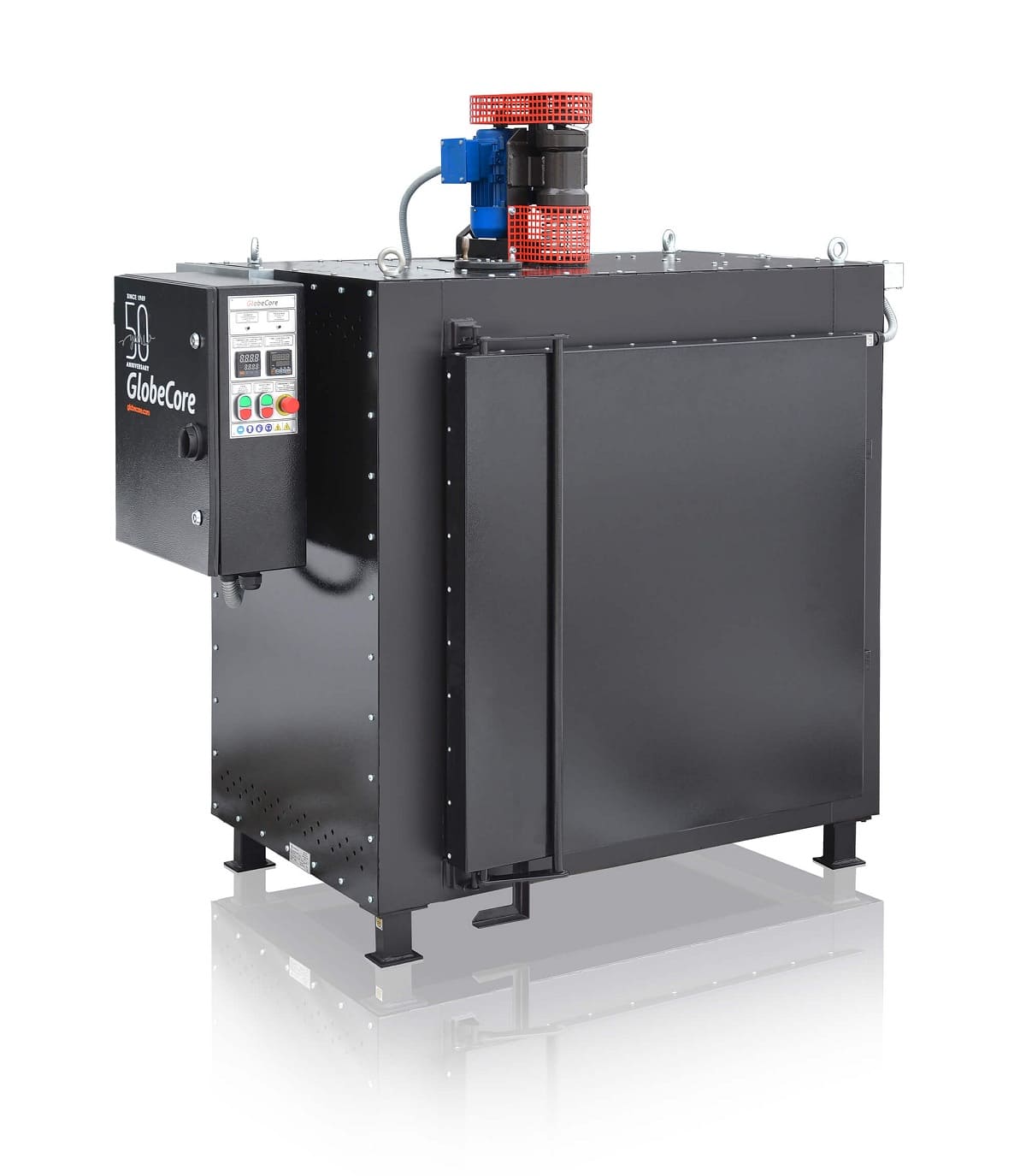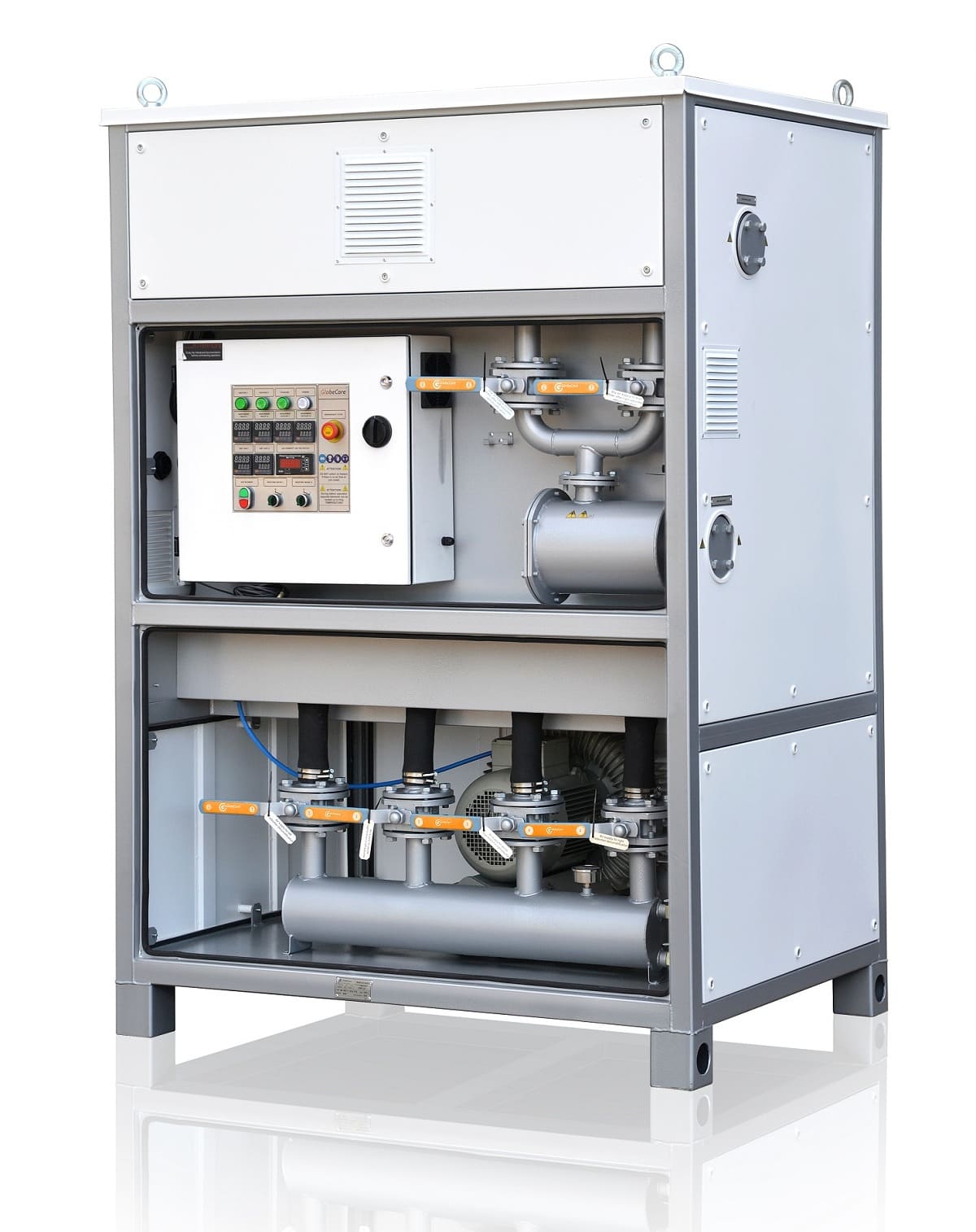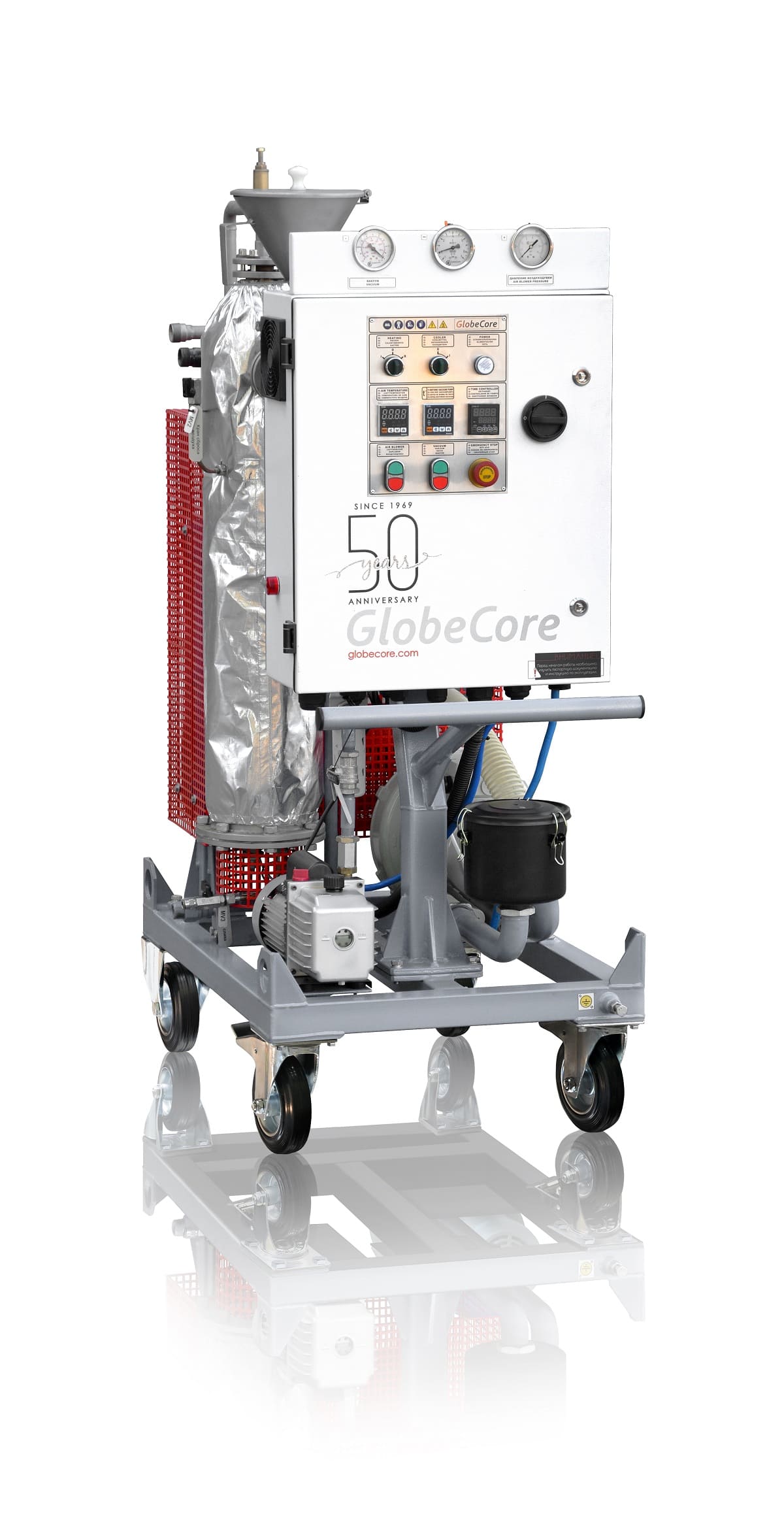How does Air Drying vs Chemical Drying impact the quality and efficiency of transformer drying?
- This topic has 1 reply, 2 voices, and was last updated 1 year, 2 months ago by .
Answers
-
October 7, 2024 at 11:27 am by Daniel Brown
Air Drying and Chemical Drying are two distinct methods used in transformer maintenance, each impacting the quality and efficiency of the drying process differently. Air Drying relies on circulating dry air through transformer oil to absorb and remove moisture. This method is environmentally friendly, as it does not introduce additional chemicals into the system. It is also relatively simple and cost-effective, making it suitable for routine maintenance and low to moderate moisture levels. However, Air Drying can be less efficient in removing high moisture content and may require longer drying times.
Chemical Drying, on the other hand, involves adding drying agents or desiccants to the transformer oil to chemically absorb moisture. This method can achieve faster and more thorough moisture removal, especially in heavily contaminated transformers. Chemical Drying can enhance the quality of drying by targeting specific contaminants and improving dielectric strength more effectively than Air Drying alone. However, it introduces additional chemicals into the oil, which may require careful handling and disposal. Additionally, the use of chemicals can increase operational costs and may pose environmental and safety concerns.
In summary, Air Drying offers a cost-effective and environmentally friendly approach suitable for routine maintenance, while Chemical Drying provides more efficient and thorough moisture removal for transformers with higher contamination levels but at the expense of increased complexity and cost. The choice between the two methods depends on the specific drying requirements, moisture levels, and maintenance objectives of the transformer.



